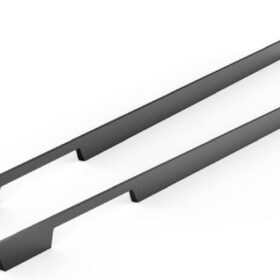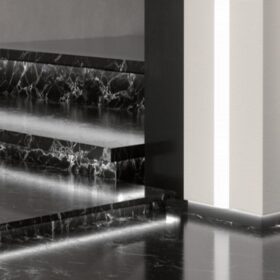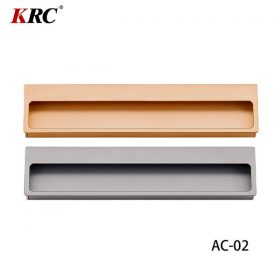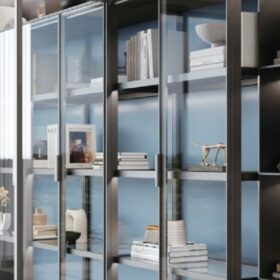Understanding the Mechanisms of Aluminum Cabinet Handles
In the realm of interior design, cabinet handles serve as both functional and aesthetic elements, elevating the overall appeal of any space. Among the myriad of handle materials available, aluminum stands out for its durability, versatility, and sleek appearance. Understanding the mechanisms that govern the functionality of aluminum cabinet handles is crucial for discerning homeowners and design professionals alike.
Construction and Materials
Aluminum cabinet handles are typically crafted from extruded or forged aluminum, lending them exceptional strength and corrosion resistance. The extrusion process involves forcing molten aluminum through a shaped die, resulting in precise and consistent profiles. Forged handles, on the other hand, are formed by applying pressure to heated aluminum billets, imparting superior durability and a more intricate design aesthetic.
Types and Styles
Aluminum cabinet handles encompass a vast range of designs, catering to diverse tastes and decor styles. Contemporary handles favor clean lines and minimalist profiles, while traditional handles evoke a sense of timeless elegance with intricate details and ornate flourishes. Handles can be solid, hollow, or feature cut-outs, further enhancing their aesthetic appeal and functionality.
Mounting Options
Aluminum cabinet handles employ various mounting methods to ensure a secure and seamless installation. Surface-mounted handles are attached directly to the cabinet door, while recessed handles sit flush with the surface for a more streamlined appearance. Edge-pull handles are mounted on the edge of the door, providing a discreet and user-friendly option. Concealed handles are integrated into the cabinet frame, creating a sophisticated and minimalist look.
Finishes and Coatings
Aluminum cabinet handles are available in an array of finishes, including anodized, brushed, and painted. Anodization involves an electrochemical process that creates a protective oxide layer, enhancing durability and resistance to corrosion. Brushed finishes showcase the natural grain of the aluminum, while painted finishes offer an extensive palette of colors and textures.
Functional Considerations
The functionality of aluminum cabinet handles extends beyond their aesthetic appeal. Ergonomic design ensures a comfortable grip and ease of use. The length and shape of the handles determine the reach required to open and close cabinets, making accessibility a crucial consideration. Moreover, the weight and balance of the handles play a role in the overall feel and functionality of the cabinet.
Maintenance and Care
Maintaining aluminum cabinet handles is relatively straightforward and requires minimal effort. Regular cleaning with a mild detergent and a damp cloth is sufficient to remove dirt and debris. Avoid using abrasive cleaners or sponges that could scratch or damage the surface. Anodized finishes are particularly resistant to wear and require less frequent maintenance.
Conclusion
Understanding the mechanisms of aluminum cabinet handles empowers homeowners and design professionals to make informed decisions when selecting and installing these essential hardware elements. From construction and materials to mounting options and finishes, a comprehensive understanding ensures the selection of handles that not only enhance the aesthetics but also provide optimal functionality, durability, and ease of maintenance.
-
2024-11-29Top Trends in Modern Kitchen Cabinet Pulls for 2024
-
2024-11-28The Ultimate Guide to Modern Kitchen Cabinet Pulls- Materials, Styles, and Tips
-
2024-11-27Elevate Your Kitchen Design with These Must-Have Modern Cabinet Pulls
-
2024-11-26Sleek and Stylish- The Best Modern Kitchen Cabinet Pulls for a Contemporary Look
-
2024-09-14Exploring the Different Types of Modern Closet Door Pulls and Their Applications
-
2024-09-14How Cabinet Door Pull Handles Support High-Traffic Areas
-
2024-09-06Cost-Benefit Analysis of Investing in High-Quality Long Wardrobe Door Handles
-
2024-09-04How Flat Cabinet Handles Enhance Modern Interior Design






